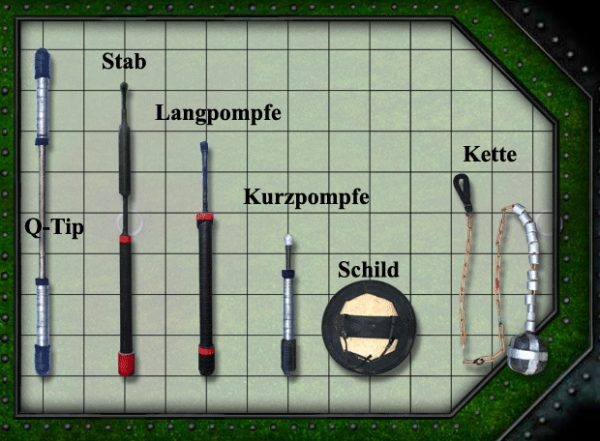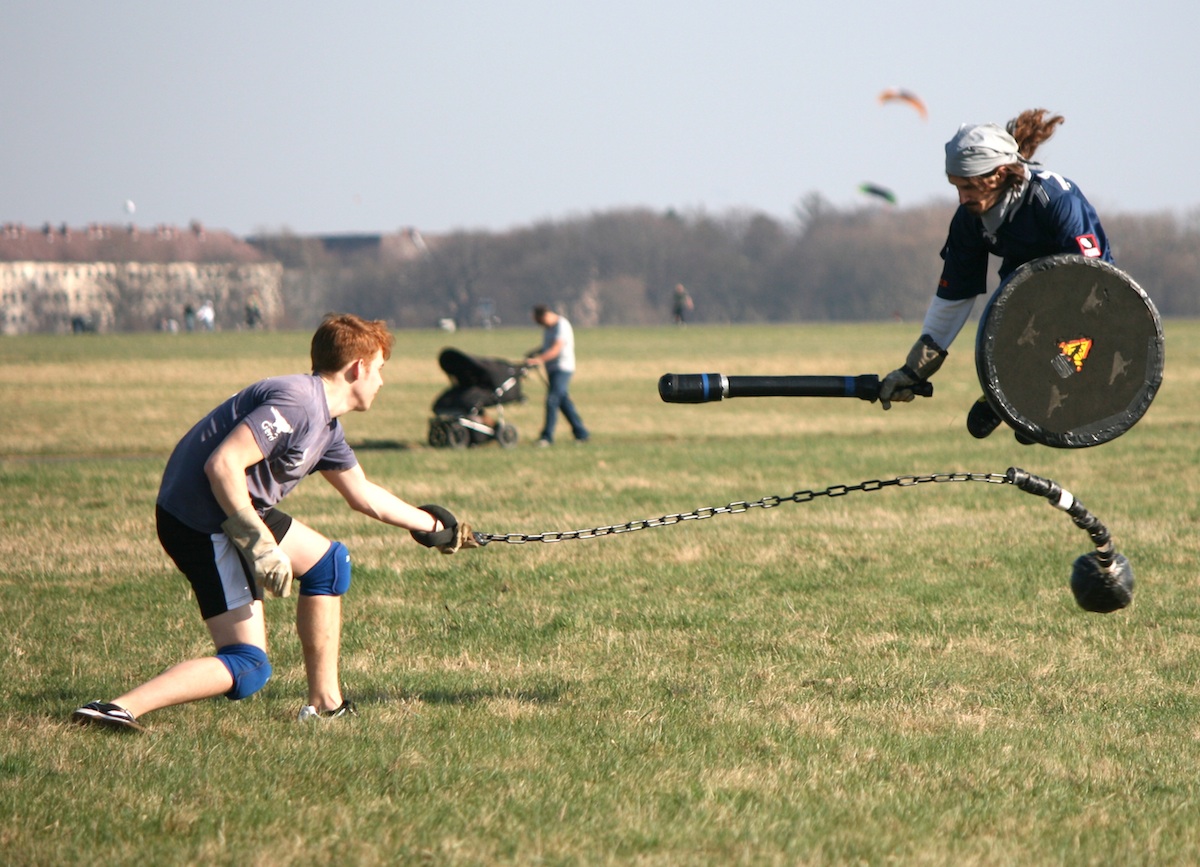Ivy League colleges have a prestigious reputation and air around them, and Stanford is no exception. It is known as a school for the best of the best, always bustling with students rushing from class to class, stressing over exams, projects, and part-time jobs. Sunday afternoons are typically when Stanford’s campus is at its quietest, with students in dorms or off campus, unless you wander by Arguello Field.
On a late fall afternoon, a student walks through the campus tired from classes and eager to return to her room to finish her latest essay in history. It’s a cool day, with the fall breeze rustling the dry branches of the trees, her feet crunching against fallen twigs and leaves, the birds chirping and flitting from branch to branch on the nearest tree. Turning a corner, she is distracted from her thoughts and is surprised to hear excited shouting and cheering. Intrigued, she walks closer to Arguello Field, the area that seems to be the center of the noise. Looking on, she is surprised to spot a dozen students split into two teams fighting with each other using padded medieval weapons: handmade longswords, spears, and ball and chain weapons. Fascinated, she starts to walk closer to find out more about this interesting sport when her mobile phone rings. After pulling the buzzing device out of her pocket, she lifts it to her ear and is greeted by her friend’s voice, looking for her in the dorm room. Glancing one last time to the students sparring, she reaffirms to her friend that she is on her way. She’ll have to come back and check this sport out another day.
What is the origin of Jugger?
These athletes are part of one of hundreds of clubs worldwide playing a relatively new sport called Jugger. Jugger is a sport inspired by the 1989 dystopian and post-apocalyptic film adaptation The Salute of the Jugger (released and known in the United States and a few other countries as The Blood of Heroes). The movie takes place some time after civilization has fallen, in a future where most of mankind and technology was wiped out. It follows the narrative of Kidda (played by actress Joan Chen) and six other travelers roaming the landscape and challenging various teams of gladiators called juggers to a dangerous sport of the elite known only as The Game. The stunt coordinator of the film, Guy Norris, and the writer and director, David Webb Peoples, were inspired to create the film erosion of the sport by taking inspiration from sports such as soccer, football, and rugby, as well as medieval games such as gladiator matches and duels.
As soon as the movie was released, the game drew the interest of fans. Shortly thereafter, in the ‘80s and early ‘90s, groups started gathering in parks and backyards adapting The Game into what is now known as Jugger, taking inspiration from the names of the contestants in the movie. Through online forums and threads, communities started gathering and combining their home rules to create a rulebook. By the 1995 the game was transformed from a dystopian fictional idea to a real functional sport independently by fans worldwide, with competitive sport versions in Germany and Australia, slowly gaining traction in other countries as well.
Ever since its declaration as an official sport in 1992, Jugger has been gaining popularity all over the world, piquing the interest of many with its unique look and relatively simple rules, letting both new and veteran players easily form various university and college teams with the right materials, such as the team formed in Stanford, which in turn was inspired by a similar team at University of California, Berkeley. The sport now boasts leagues in over twenty countries, with competitions of numerous sizes every week. Although it is classified as one sport, its different origins create variations of the game’s rules for every tournament, usually with each country having one or two, each variation of the rulebook with a diverse resemblance to the game shown by the characters in the movie. The game is divided into two main categories: the more popular one focussing on the teamwork, speed, and agility-based game referred to as “sport jugger” by players, and the model that more closely resembles the aesthetics of the film, as well as David Webb Peoples’ vision, most commonly referred to as “wasteland jugger.” Wasteland jugger is not as suitable for common playing as Sport jugger, as it requires more equipment and roleplaying, with some jokingly calling it “wasteland LARPing (Live Action Role Playing).”
Rules and Gameplay
Jugger is an invasion-type sport described by players as “a blending of LARPing and rugby.” The game involves two teams of eight. During the game, there are five players on the field per team; each team has one qwik (runner) and four enforcers, and are able to have up to three substitutes on the sidelines to be substituted at given times during the course of the game. The goal of the sport is to collect the ball, known as the skull or jugg, from the center of the field and run it to the goal ring on the opposite side, guarded by the team on the defending side. Sharing aspects to sports such as American football and rugby, teams alternate for set time periods from defense to offense, the latter of which is an attempt to score points.
From this point on, jugger diverts from the gameplay of rugby or any other sport. During the course of the match, only one player, called the qwik, or the runner, has the ability to touch and carry the ball, and any other player caught doing so will receive a penalty, turning the jugg over to the other team. While the qwik runs the ball, their fellow four teammates are tasked with protecting them from the other team, making sure they get to the other goal without being tagged.
The main aspect that makes this game unique is that both the players on offense and defense are equipped with various padded weapons, a safer version of the medieval-inspired weapons featured in the film, and use them to duel opposing players. If someone wins the duel against an opposing member by tagging them with their own weapon, the loser is rendered immobile and has to go on one knee, taking a-time-out of eight seconds. Players can get creative, working individually or in groups to take down their opponents.
The weapons are usually homemade but follow certain criteria and rules set by the organization’s guidebook. They are typically made by wrapping a bamboo core in mattress foam until sufficiently padded to limit injuries caused during play. An additional touch of grip tape or putty on the core is usually used to help keep the foam secure and stop it from rotating or falling off. The mattress foam is then wrapped in gaffa tape until sufficiently secure. Types of weapons allowed include a two-handed staff, a double-edged Q-tip, a long sword, a short sword and shield combination, two short swords, or a ball and chain.

Joining the Game
One benefit of jugger being a new sport is that it is very friendly for beginners and is easy to pick up. “It looks kind of goofy, but once you play, it’s a lot of fun,” said Jordan Xiao, the founder of Stanford’s Jugger team. Xiao stumbled upon the niche sport and wanted to start a team for himself at Stanford. It is not uncommon for students to walk by and wonder what’s going on, and soon after, pick up a weapon and join themselves. Because of its quick comprehensibility, jugger has become a steadily growing sport ever since its creation, and with new teams popping up every year, it is becoming easier to find a team in the area. You never know when you might round a corner and soon after find yourself part of a jugg, long sword in hand, and ready to lead the charge.
3…2…1…Jugger!
“It looks kind of goofy, but once you play, it’s a lot of fun” said Jordan Xiao,the founder of Stanford’s Jugger team.

